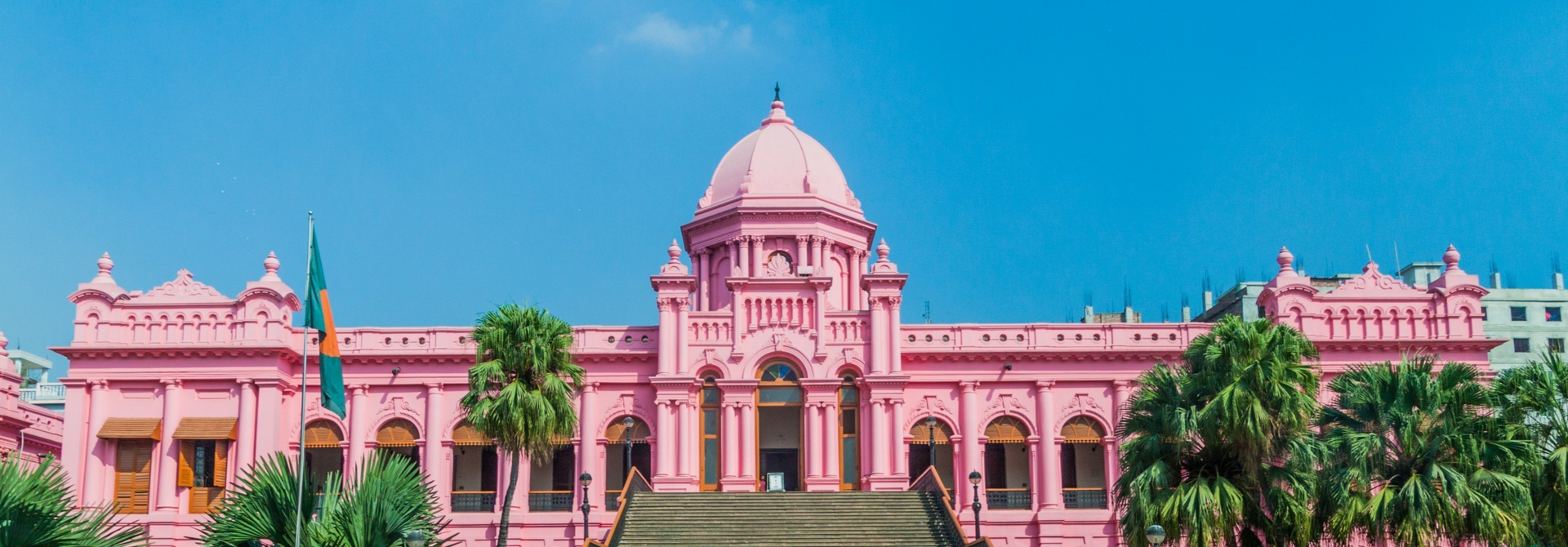Bangladesh
Last updated: December 2023
Bangladesh has seen some of the highest and longest-sustained rates of growth of an emerging economy in the 21st century, supported by fast expansion in its textiles and services sector. Creditworthiness remains on par with emerging and developing Asia, but indicators on the business climate and per capita incomes lag most other regional peers.













